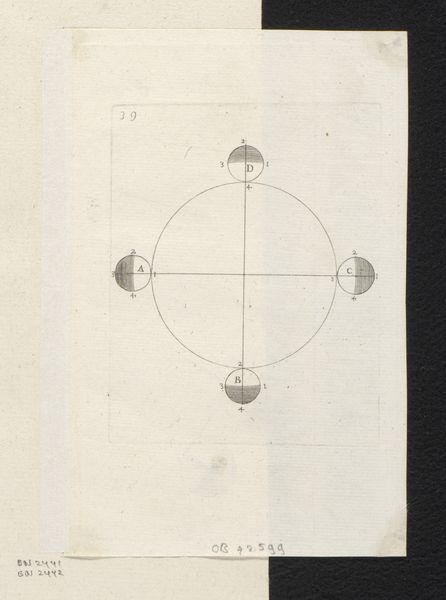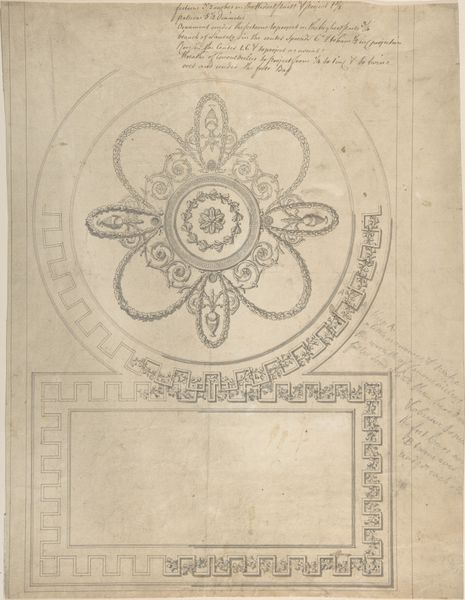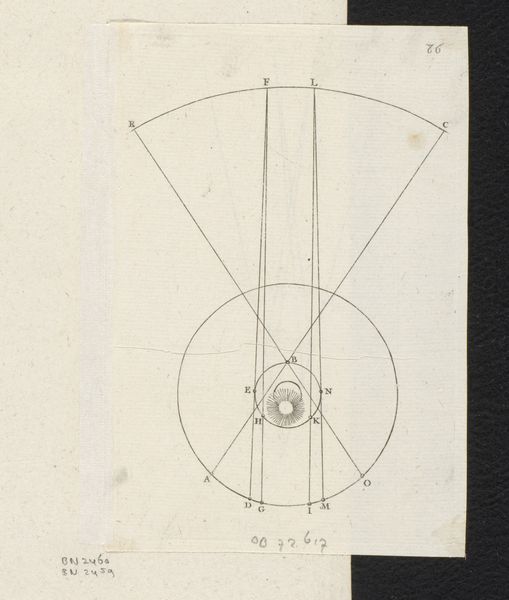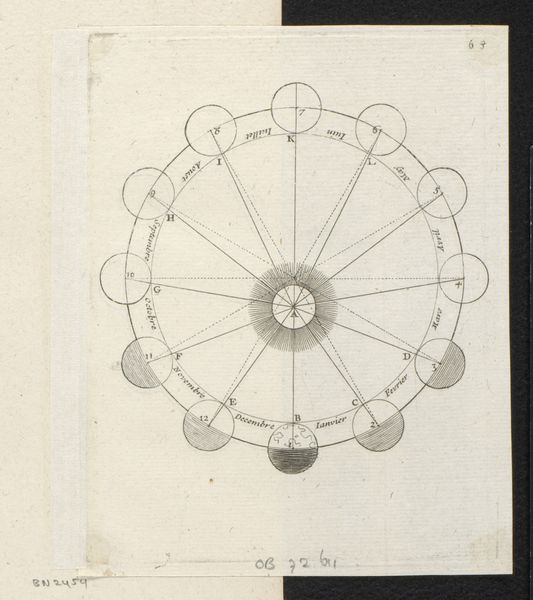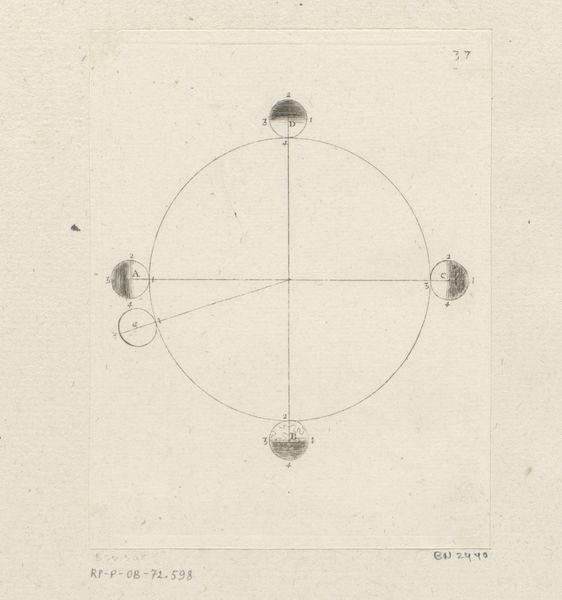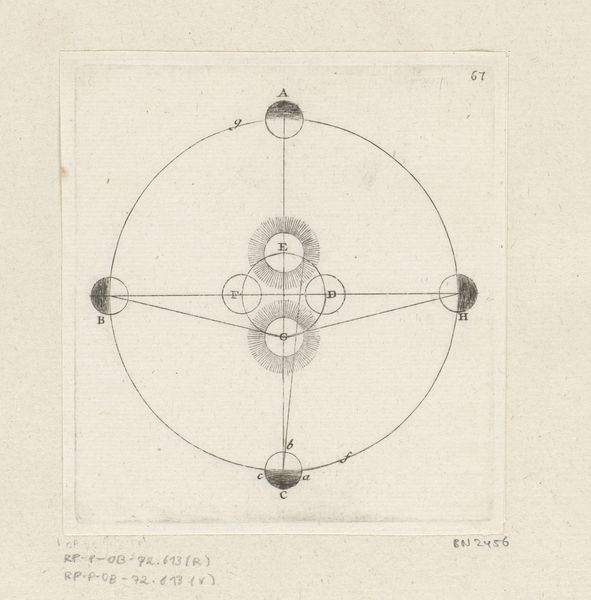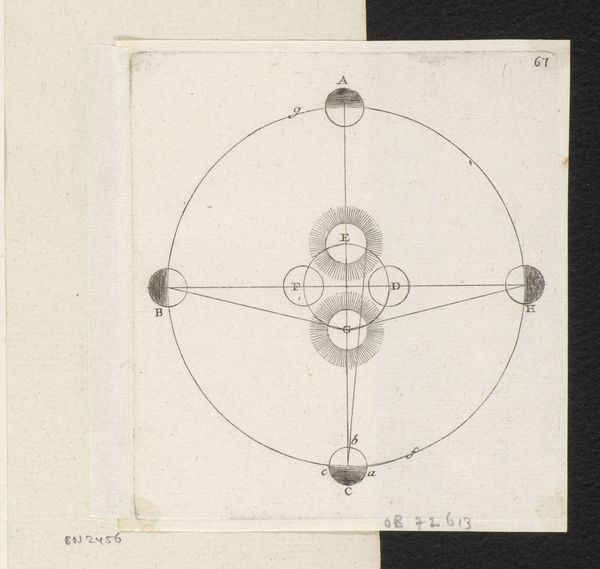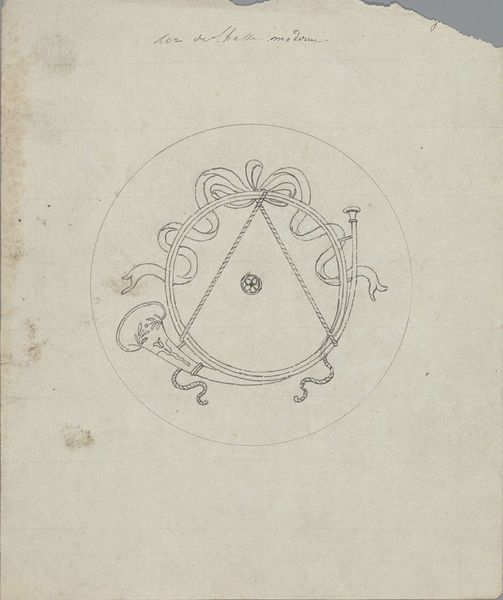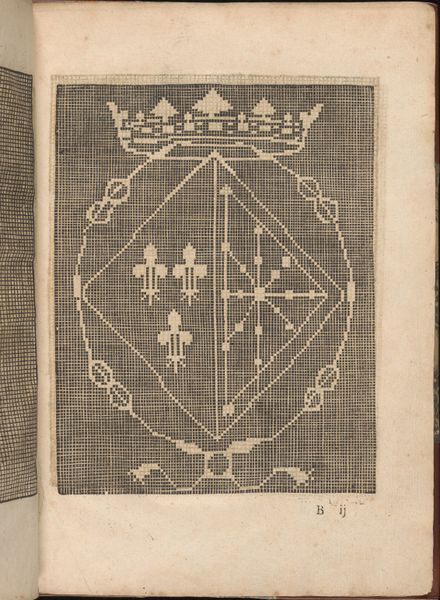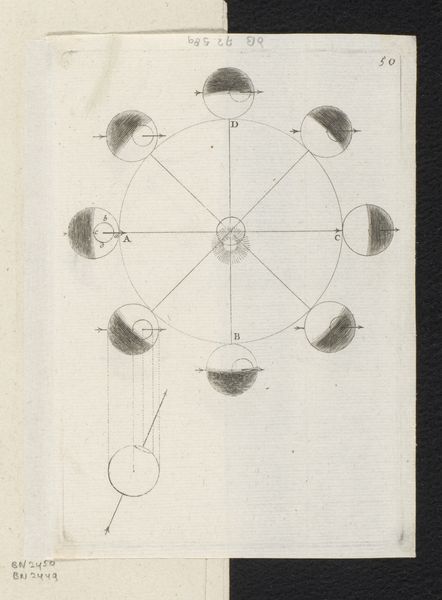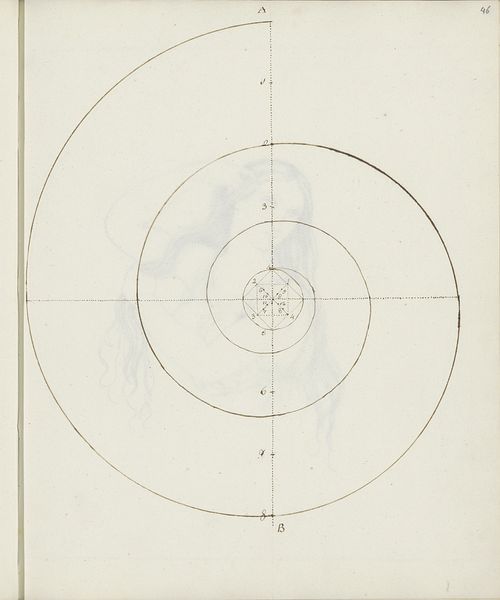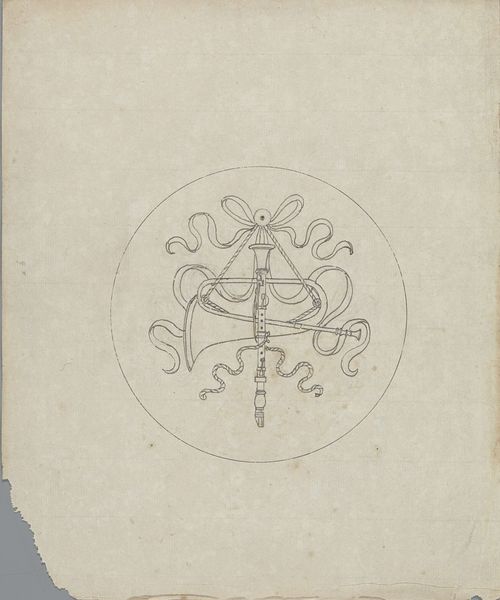
Design for the Ceiling of a Bedchamber at Curraghmore, County Waterford, Ireland 1781 - 1792
0:00
0:00
drawing, coloured-pencil, print, pencil
#
drawing
#
neoclacissism
#
coloured-pencil
# print
#
coloured pencil
#
geometric
#
pencil
Dimensions: sheet: 20 1/4 x 14 3/16 in. (51.5 x 36 cm)
Copyright: Public Domain
Editor: Here we have James Wyatt's "Design for the Ceiling of a Bedchamber at Curraghmore, County Waterford, Ireland," made between 1781 and 1792, using pencil and coloured pencil. The symmetry is very pleasing. What do you see in this piece that goes beyond its aesthetic appeal? Curator: The drawing immediately brings to mind the revival of classical antiquity, a dominant aesthetic and intellectual movement which impacted social structures across Europe. Reflect on the architectural context: private bedchambers in Ireland for an aristocratic family. How does Neoclassicism reinforce existing power dynamics through its association with ideals of order, reason, and classical authority, especially for colonizers? Editor: That’s fascinating. So the geometric precision isn't just about beauty; it's connected to power. Curator: Precisely! The rigid order represented in the artwork mirrored the societal order which was implemented to give social meaning to power. The control exerted through architecture can be very insidious, subtly promoting political messages to specific gender and class identities within society. Consider the labour needed to produce a work such as this drawing. Does the final product reveal this imbalance of power, or obscure it? Editor: That’s really thought-provoking. I hadn't considered how even architectural drawings can reflect broader social issues, even erase them from view. Thank you. Curator: My pleasure. Remember, the image, while seemingly simple, is deeply entangled with historical power structures that shape our understanding of design.
Comments
No comments
Be the first to comment and join the conversation on the ultimate creative platform.
